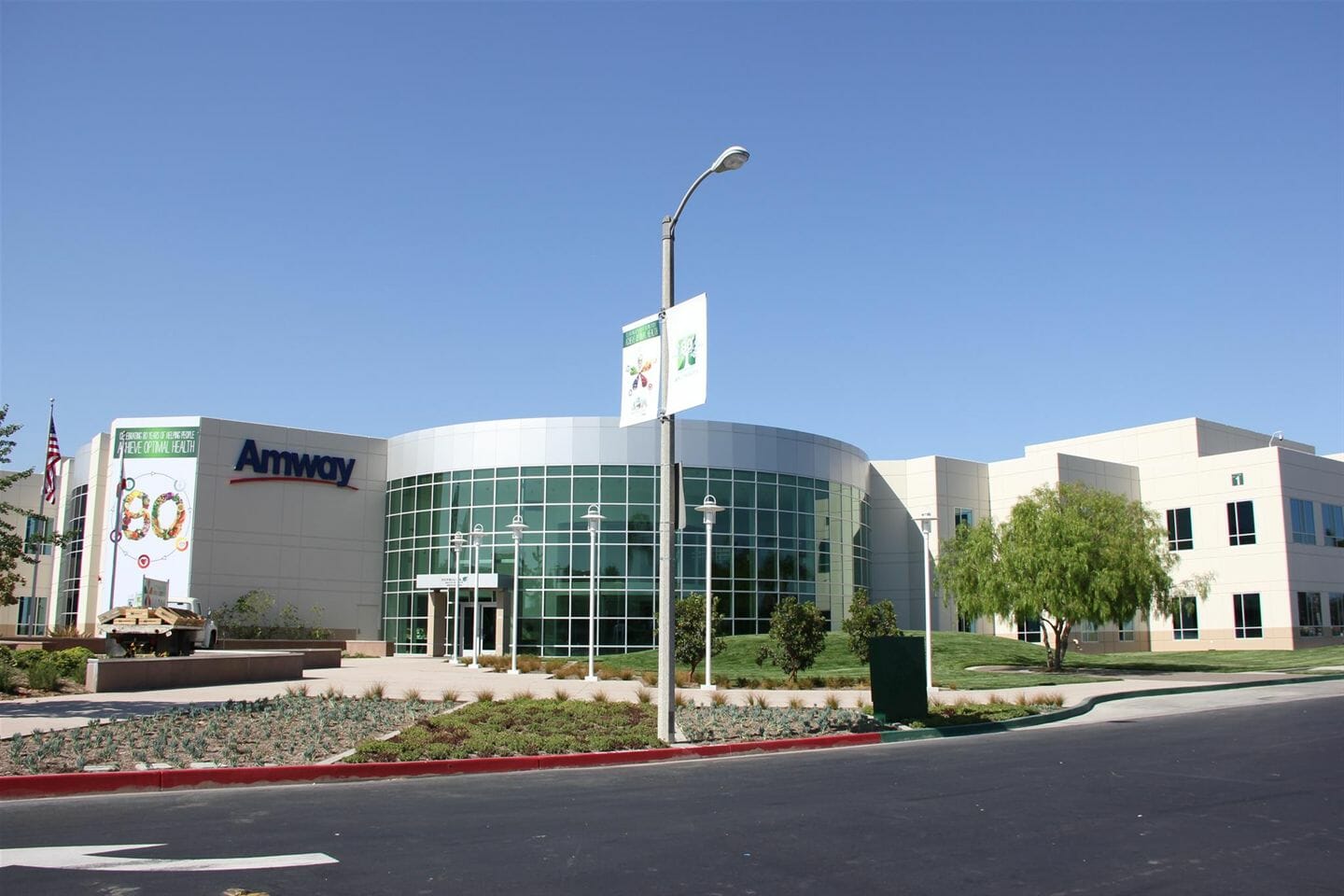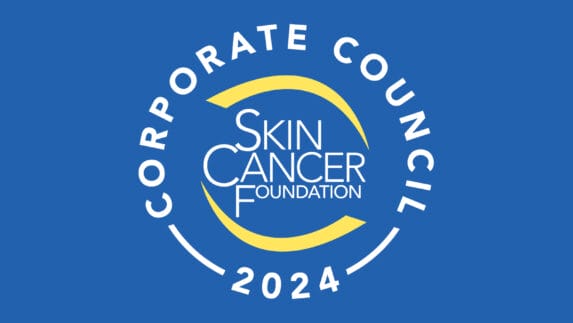Making a nutritional supplement that is consistently high in quality is no easy matter, which is why the new Nutrilite granulation plant in Buena Park, California, U.S., will undergo months of testing before turning out a single batch for sale to customers.
“We want to make sure the customer gets a quality product,” said Tom La, a senior process engineer for Nutrilite. “We want them to get the same product every time.”
That’s why even though construction of the company’s new granulation plant was completed in December 2013, it’s not scheduled to turn out its first products to be formed into tablets, such as the popular NUTRILITE™ DOUBLE X™ Vitamin/Mineral/Phytonutrient supplement, until spring/summer of 2015.
The raw materials arrive at the new plant from Nutrilite farms in a powdered form, including dandelion root, alfalfa, parsley and other vegetation recognized as nutritionally beneficial. Once it is fully operational, the granulation plant will form the powdered material into a consistency that can be pressed into tablets.
But not just yet. After construction was completed, the company began a multi-step process, first making sure all the equipment was in place and that it could operate properly. In May, it began the “process qualification” stage, bringing in the powdered material and running it through the new granulation machines.
Several more steps will follow, allowing the company’s engineers to make sure the equipment is turning out granules that are natural and consistent in content. By autumn, Nutrilite technical services will take over, looking for ways to improve the plant’s efficiency. During this step, the engineers will run three batches through the system, checking each for consistent quality.
Only after they are satisfied will the plant begin producing granulated material to be turned into tablets for sale. The entire process exceeds all requirements set by government agencies, but is dictated by even higher standards set by Nutrilite.
“We want a robust process when we turn it over to manufacturing,” La said. “It should work like clockwork.”
The new machines use the latest technology, allowing operators to input process parameters on computers, minimizing the chance for human error. The building is in the same complex as the plant where the granulated material will be formed into finished tablets, minimizing transportation and allowing immediate feedback from the tablet plant to the granulation plant.
“In the future, because we are so close, we can make the granulation in the morning, and, in the afternoon, they can make it into tablets,” La said.
Construction of the 60,000-square-foot (18,288-square-meter) building alone took more than a year, beginning in October 2012 and ending in December 2013. In addition to the granulation plant, the building will house Nutrilite research and development (R&D) labs.
Early in the construction, the R&D department bought small-scale equipment similar to the larger machines to start developing the granulation process. Manufacturing hired technicians to work with the R&D staff and learn the new process, and those technicians will train a production team to operate the new plant.
A third section is the Nutrilite ABO Destination Experience, where Amway Business Owners, or ABOs, can visit to learn how NUTRILITE™ products are prepared from “seed to supplement.” That includes a rooftop farm experience planted with trees and many of the herbs and other plants grown at Nutrilite farms, where displays and exhibits allow visitors to better understand the company’s farming operations and product offerings.
The company plans to apply for LEED (Leadership in Energy & Environmental Design) silver certification from the U.S. Green Building Council in recognition of the many environmentally preferred features included in the building’s design, said Jatin Raina, manager of nutrition engineering. The building design and construction used sustainability practices, a storm water control system and paint and other coatings containing low volatile organic compounds to reduce potentially harmful gases. Community features include bike racks, and parking spaces for fuel-efficient vehicles.
Having the plant completed and nearing full operation in such a short period of time is a significant landmark, Raina said.
“I think, obviously, there is a great sense of accomplishment and a sense of pride,” he said. “The employees are very excited about this new facility.”
Tom La added: “I just want to stress that the reason we do all of this is so when the customers get NUTRILITE™ products, they can be assured they are getting the highest quality supplements available.”




